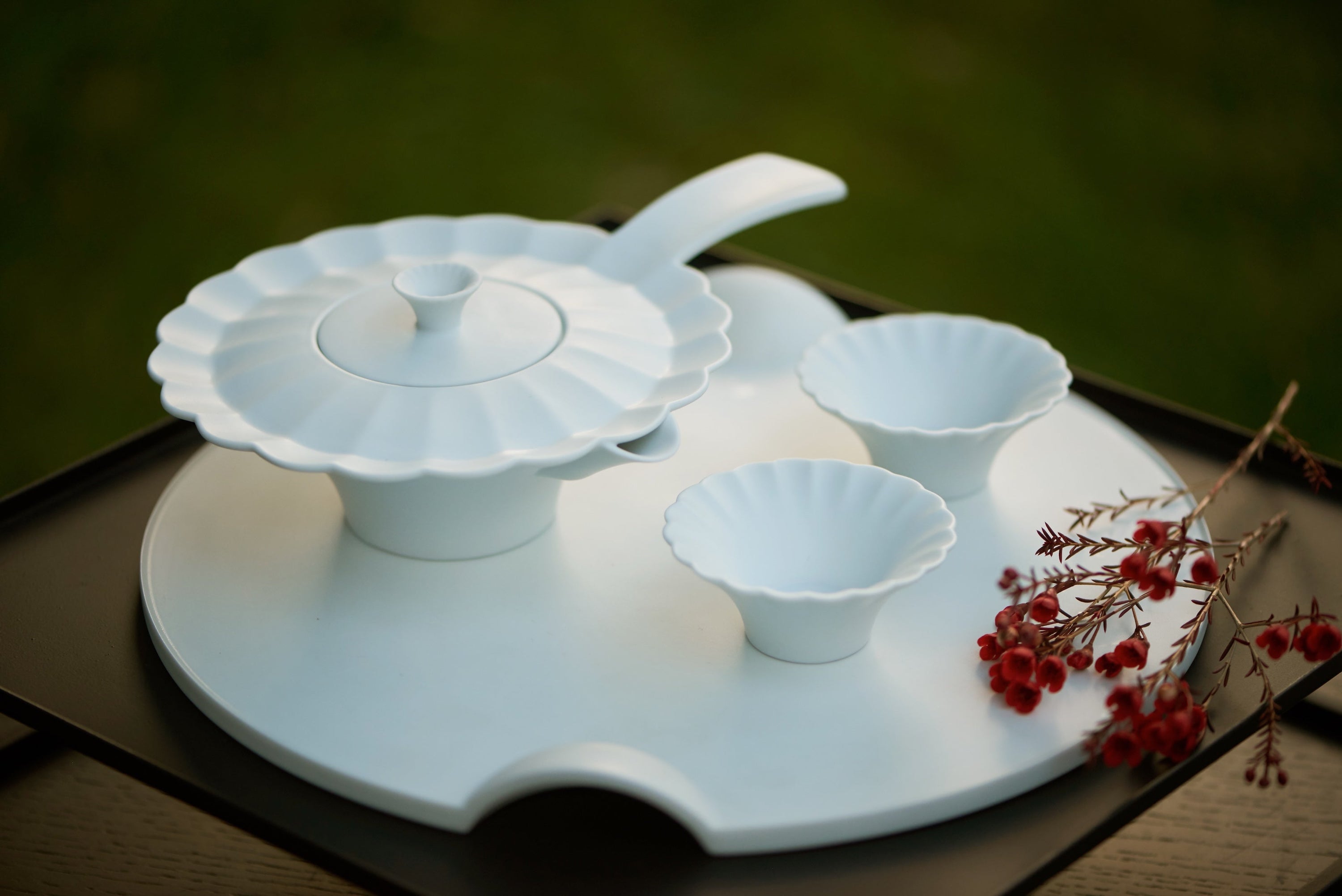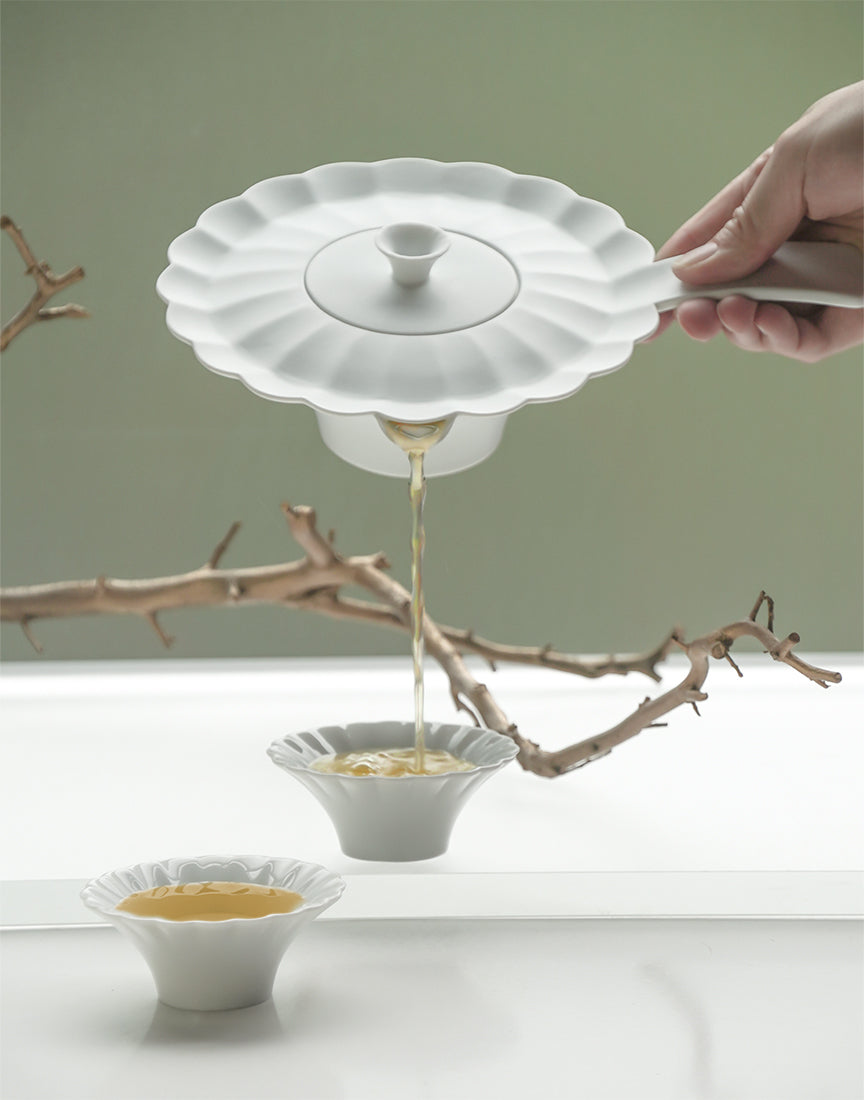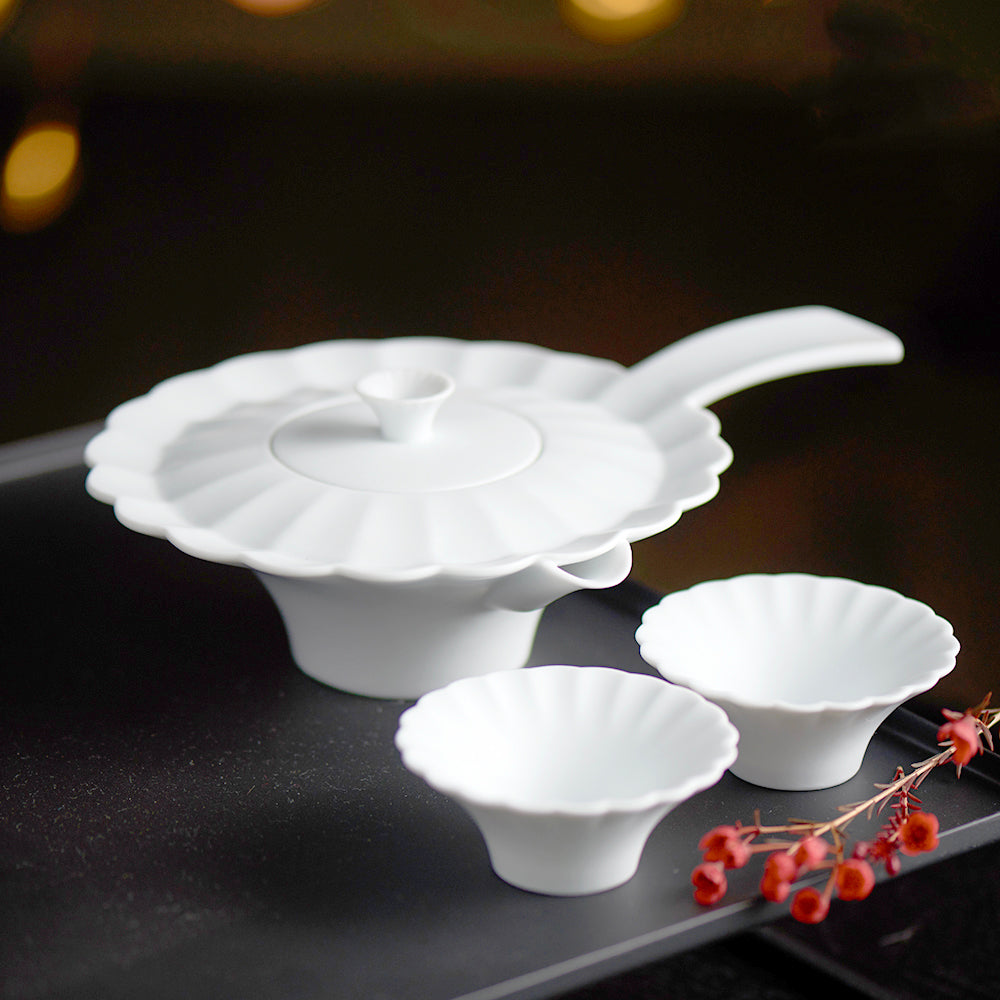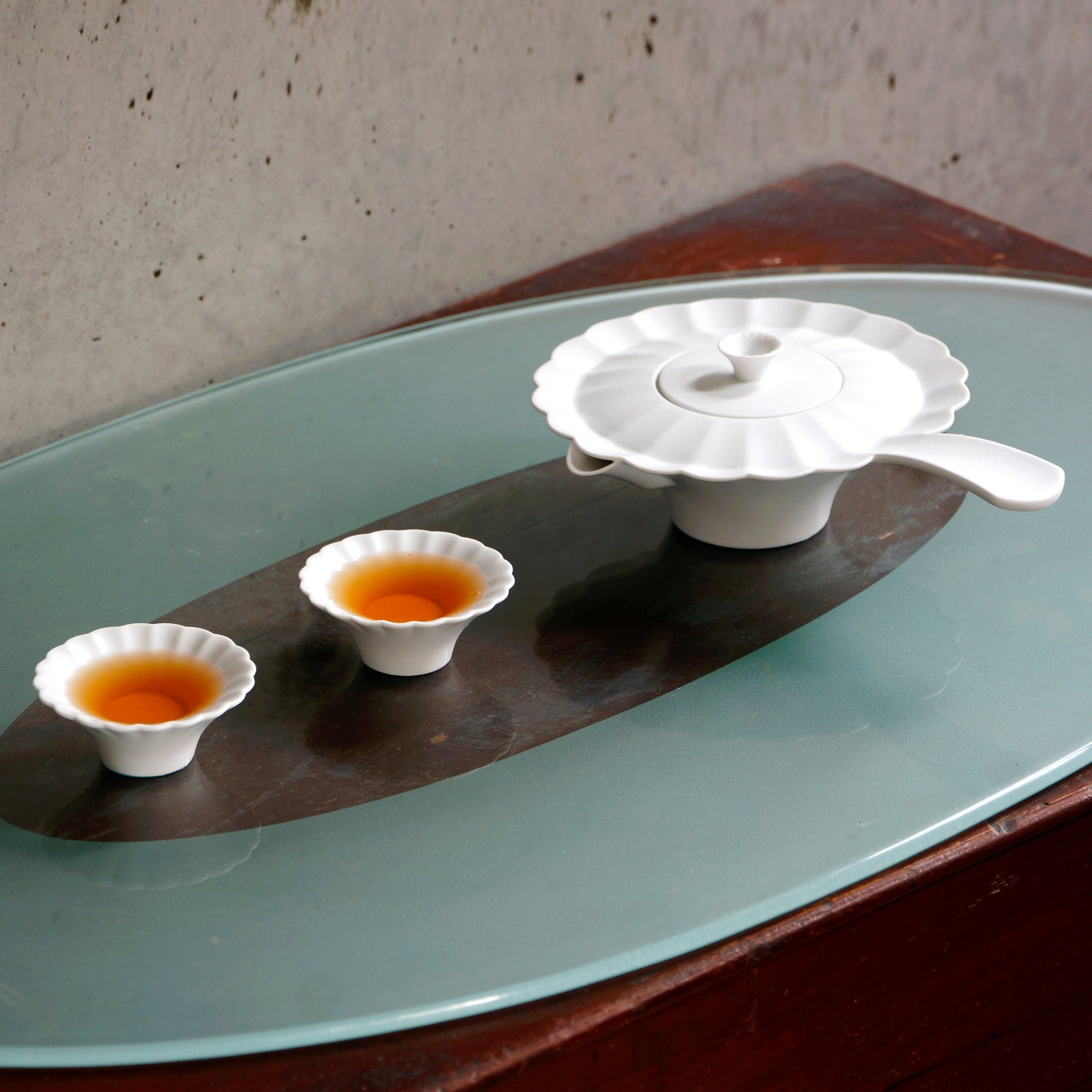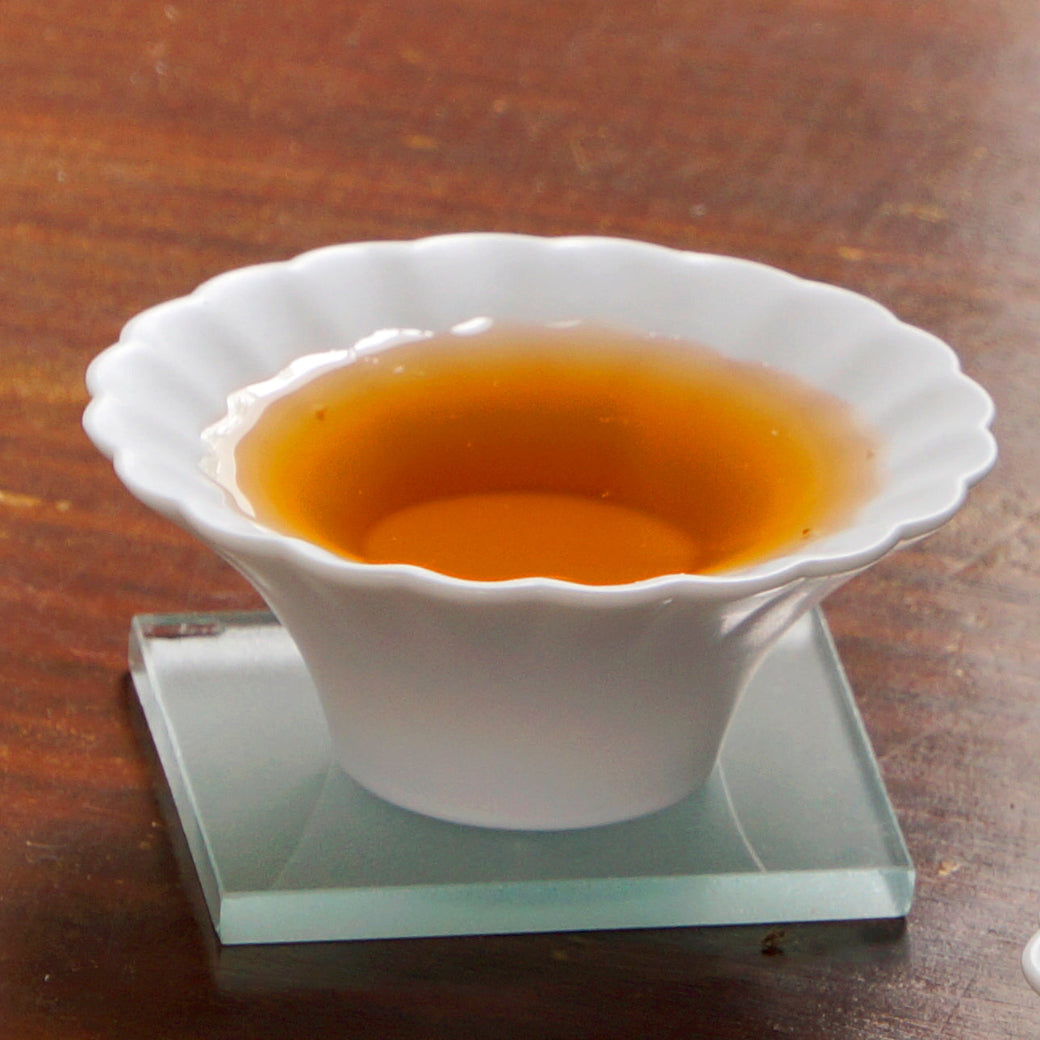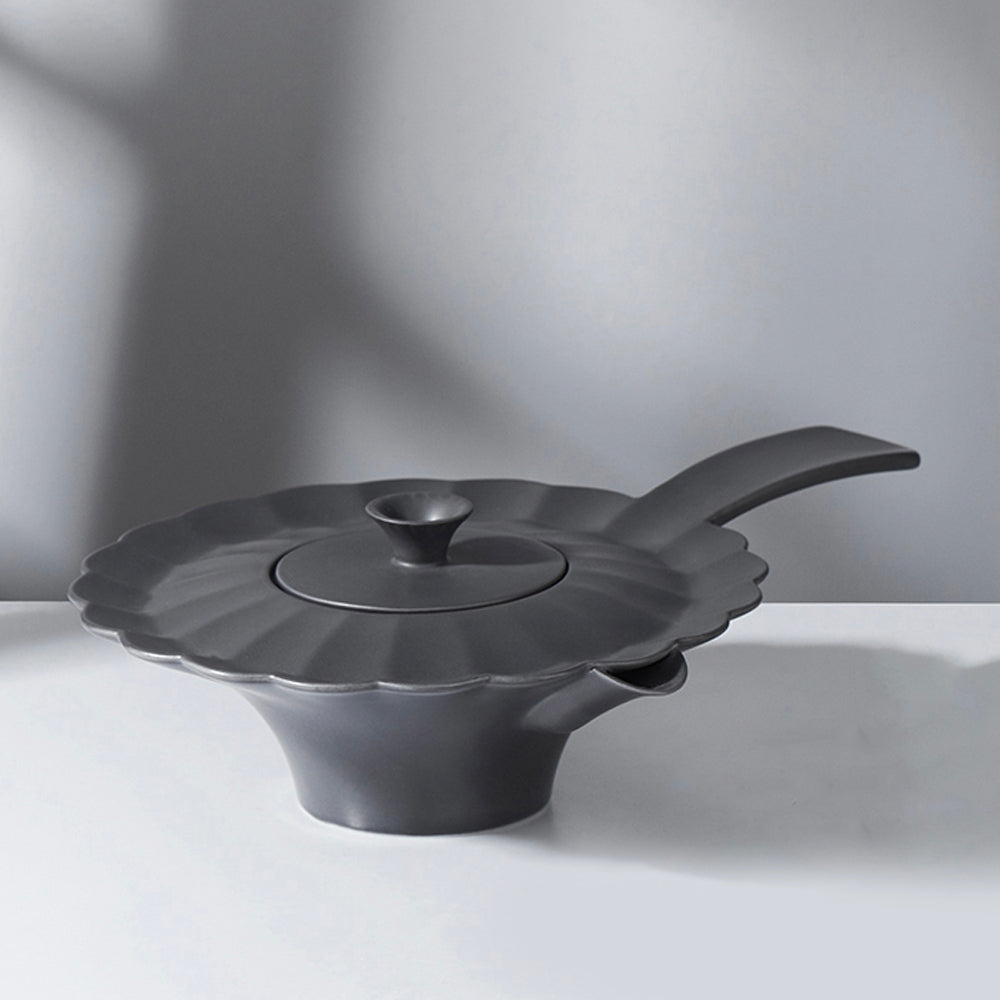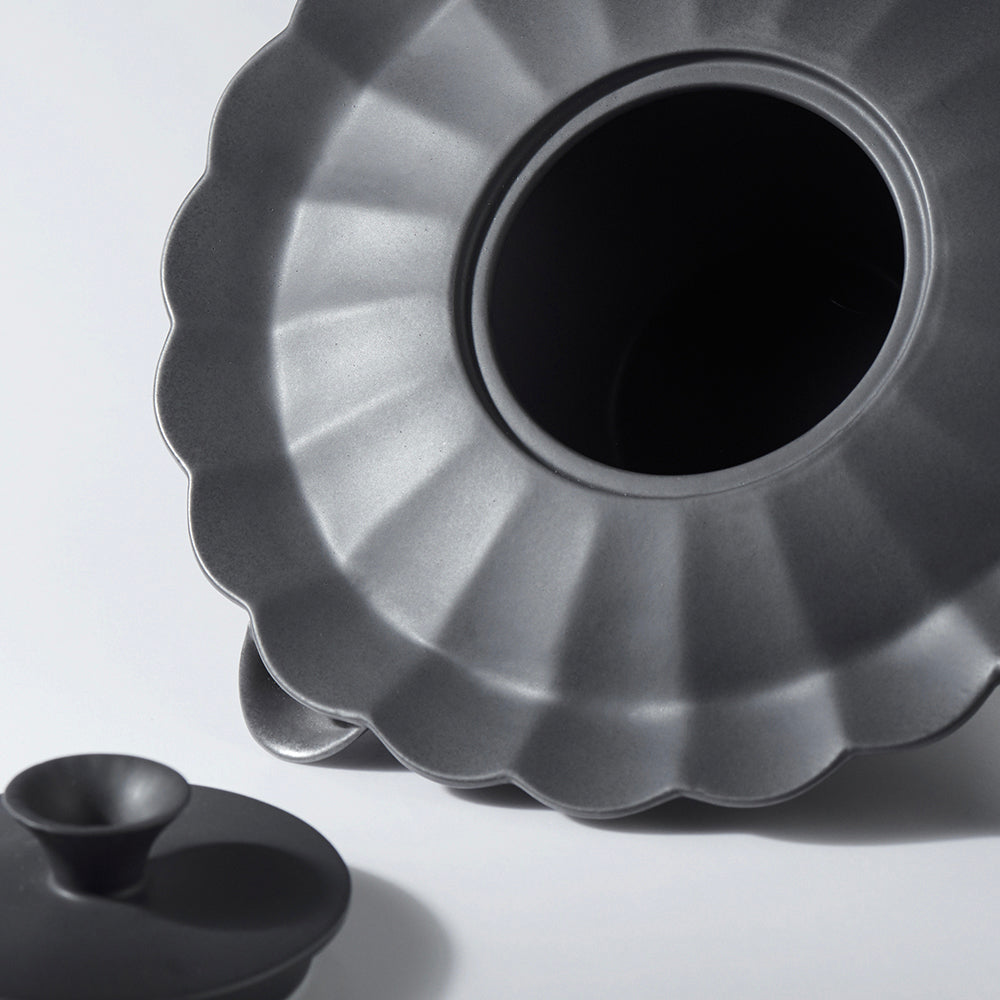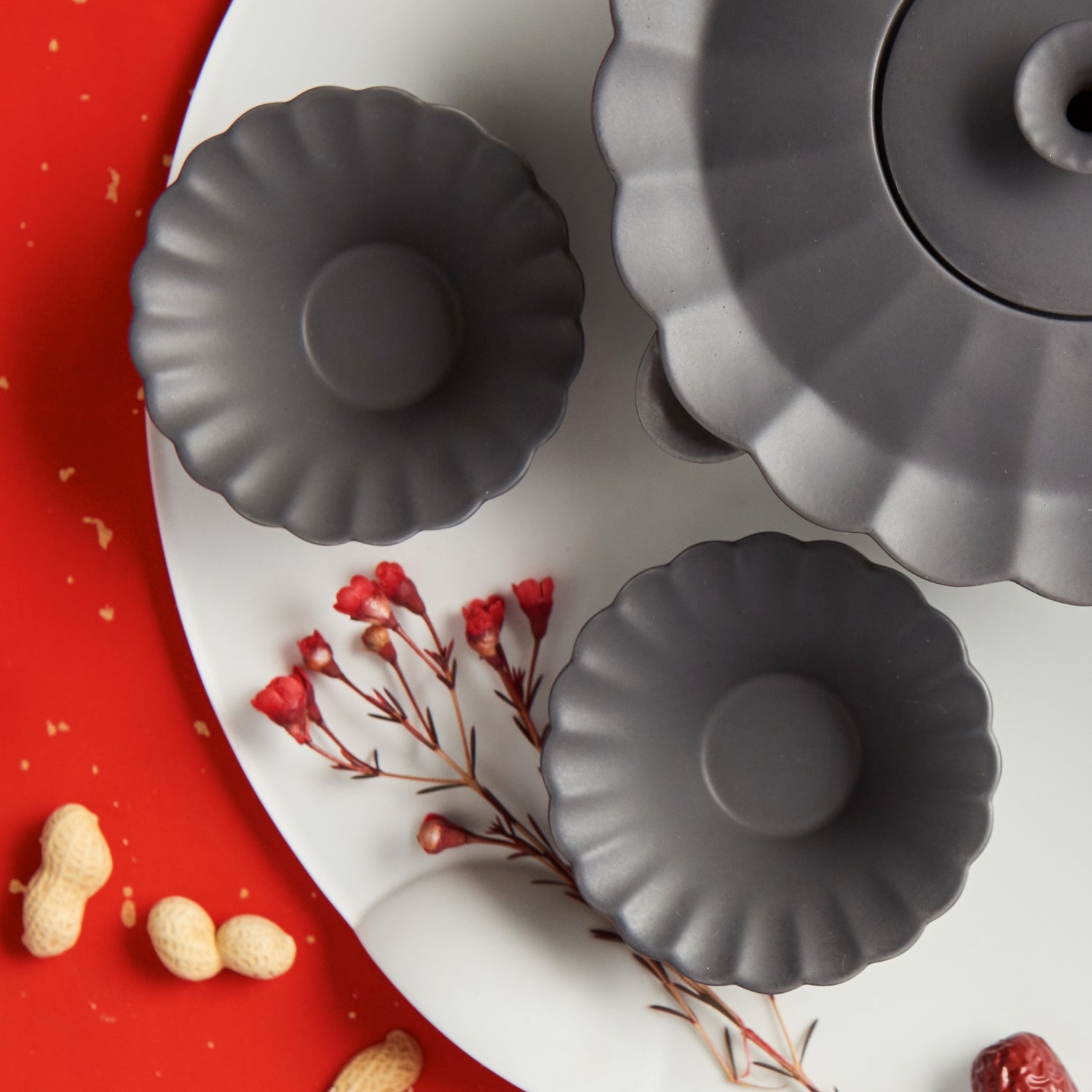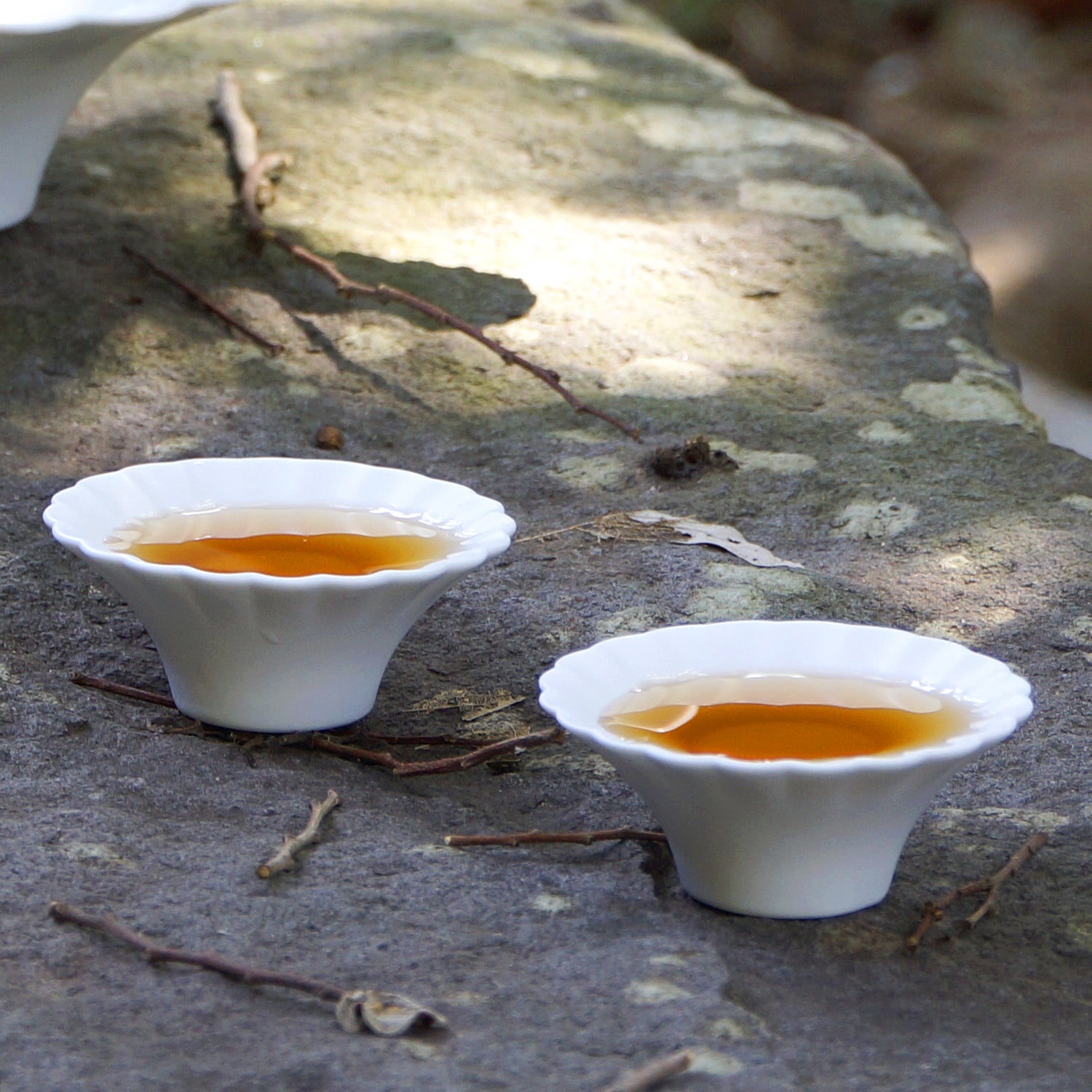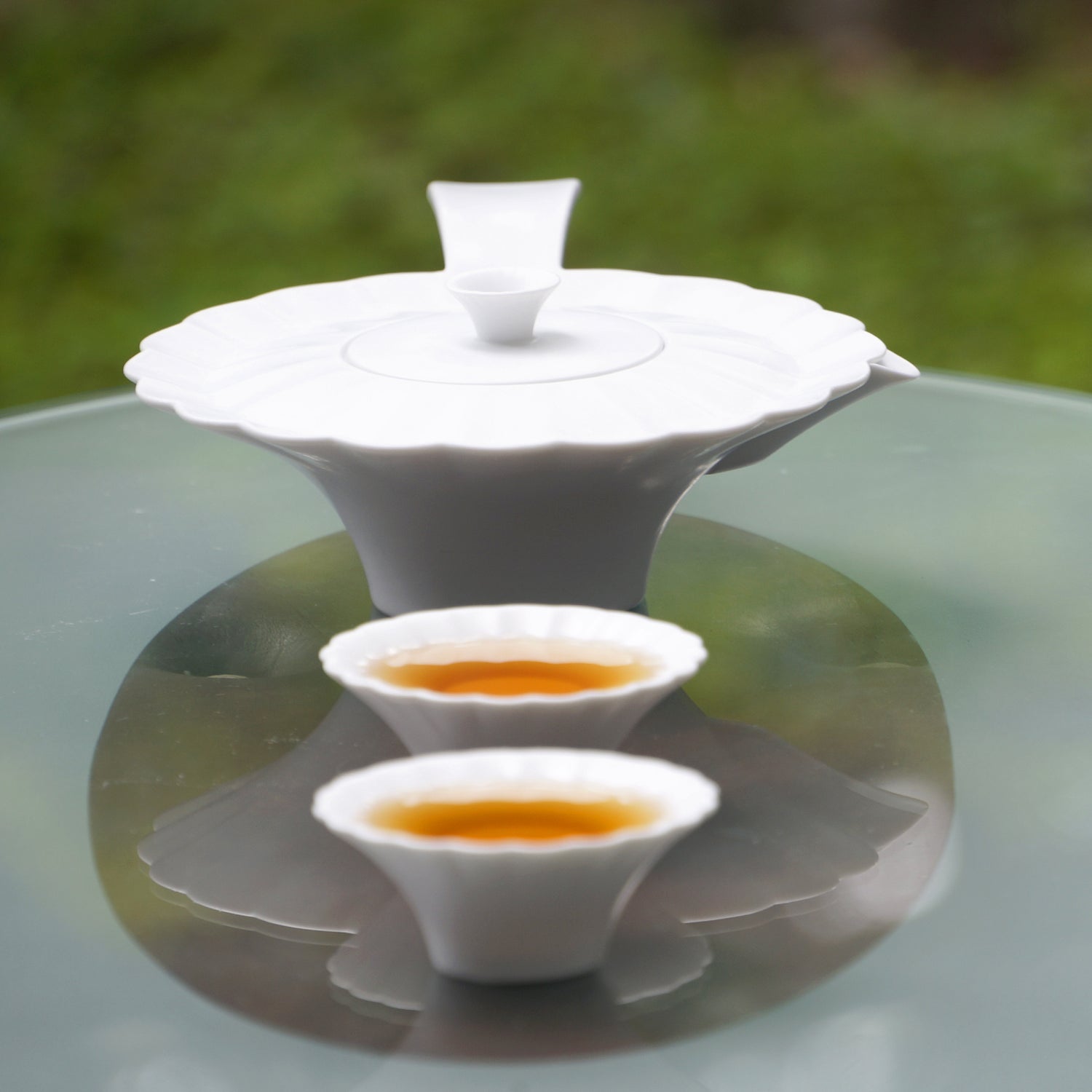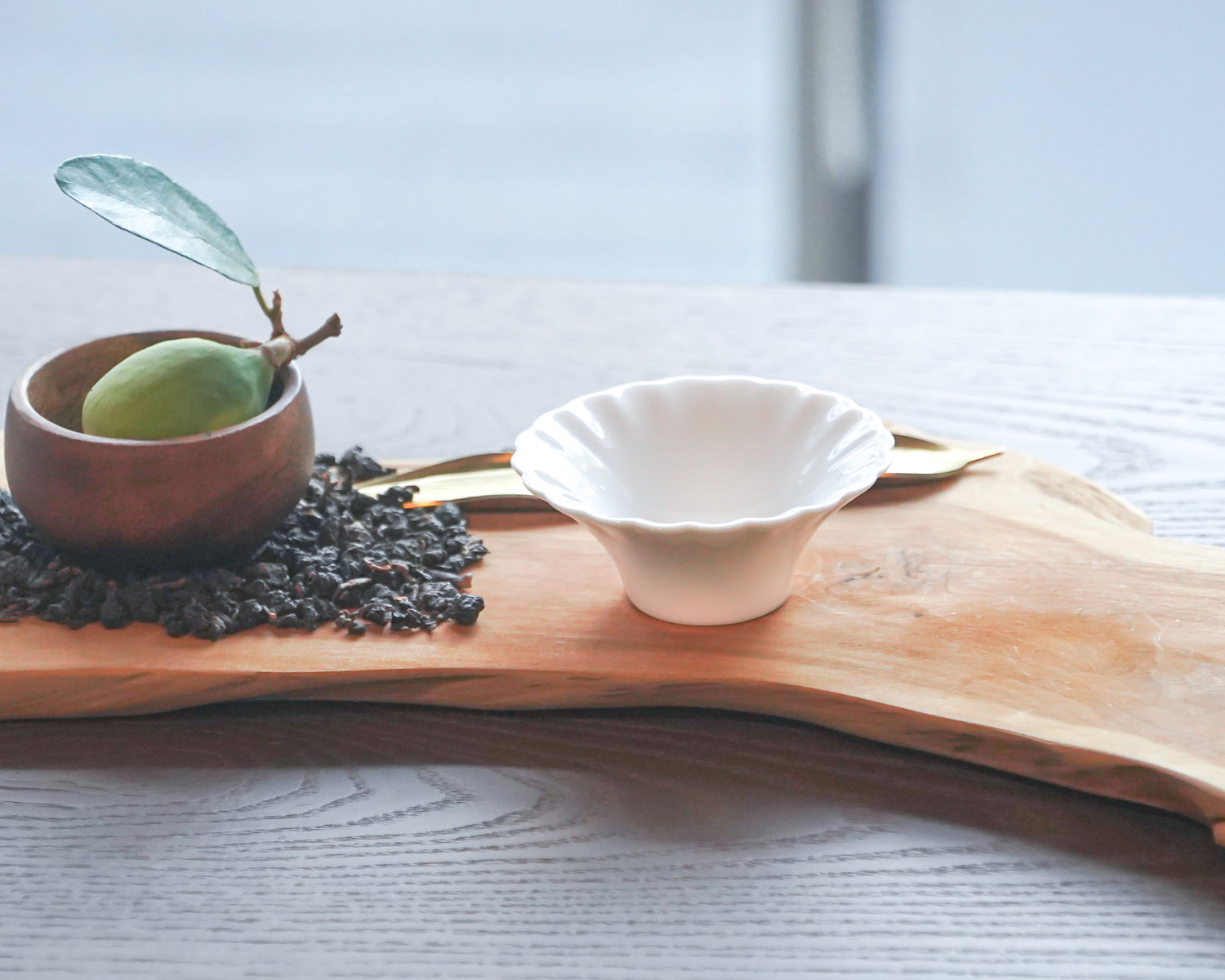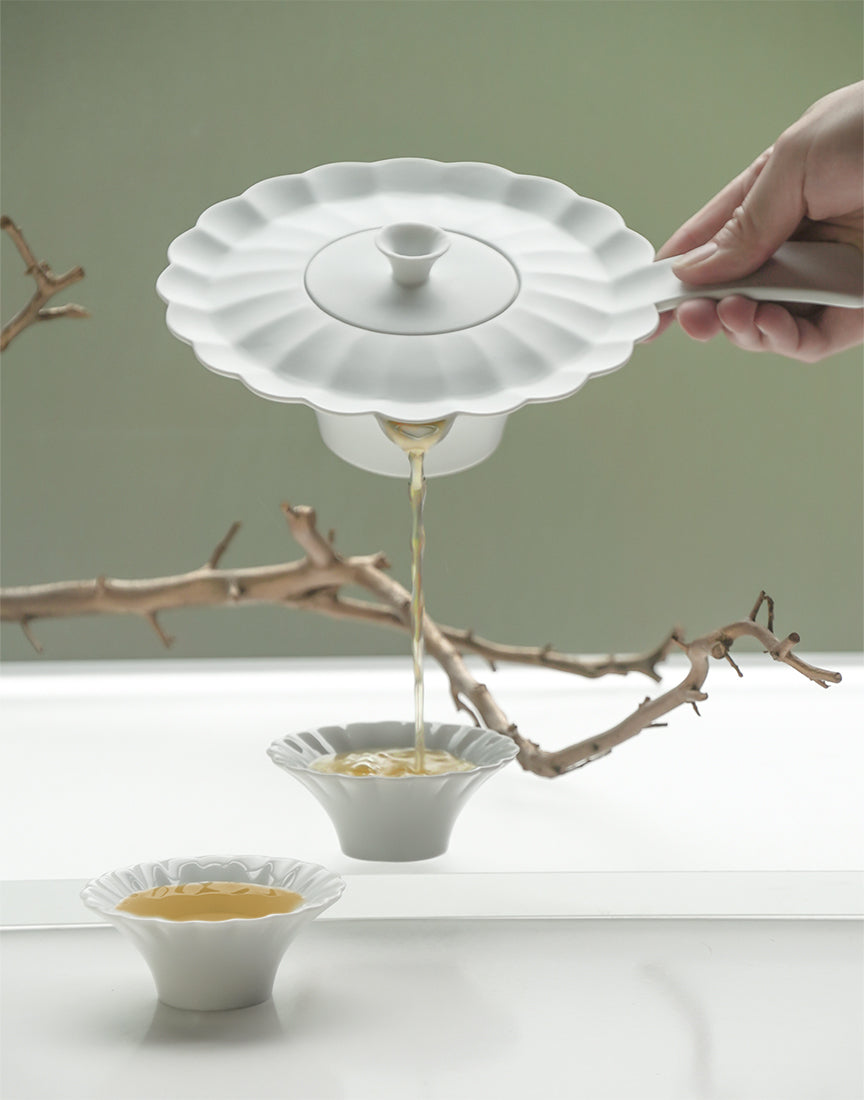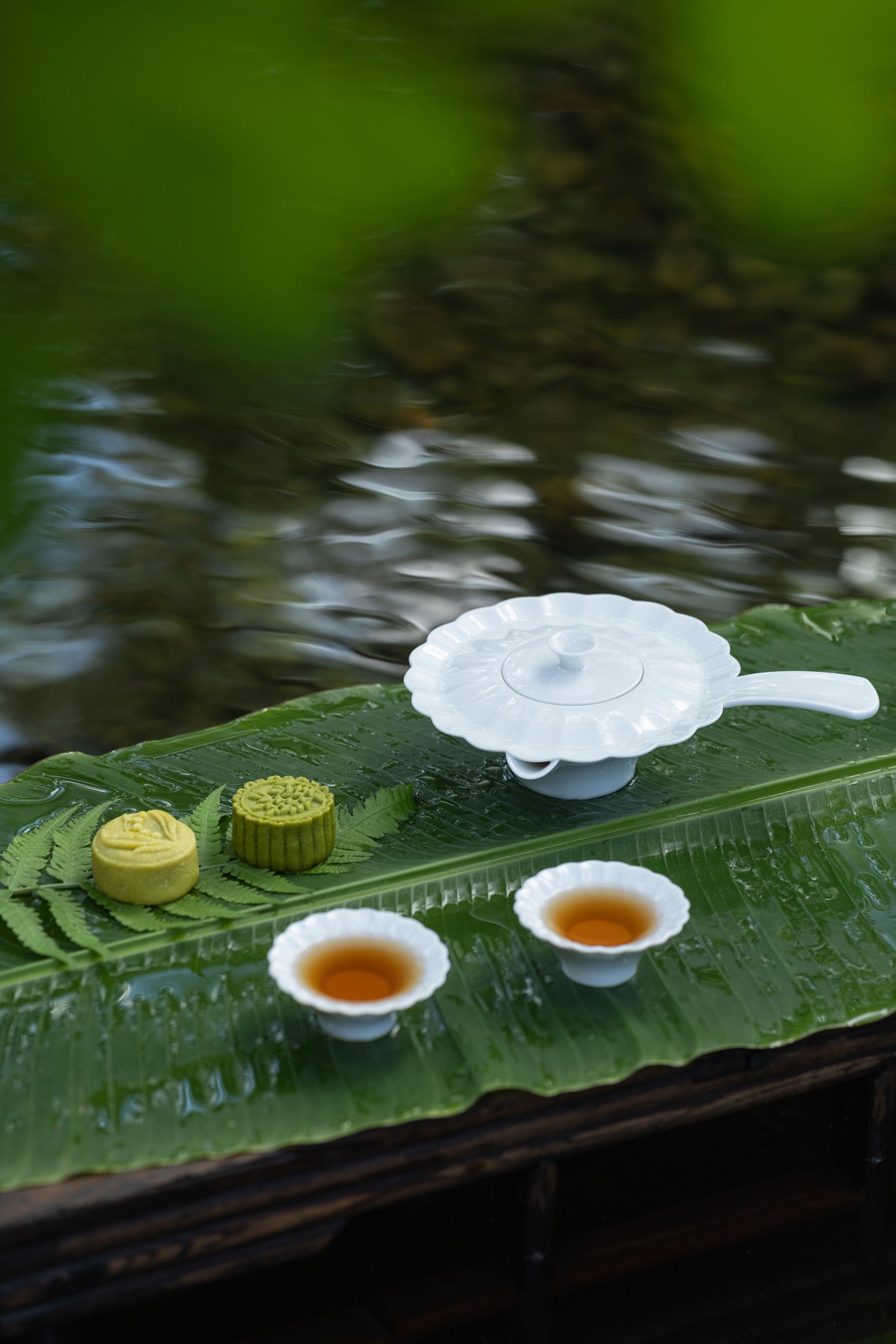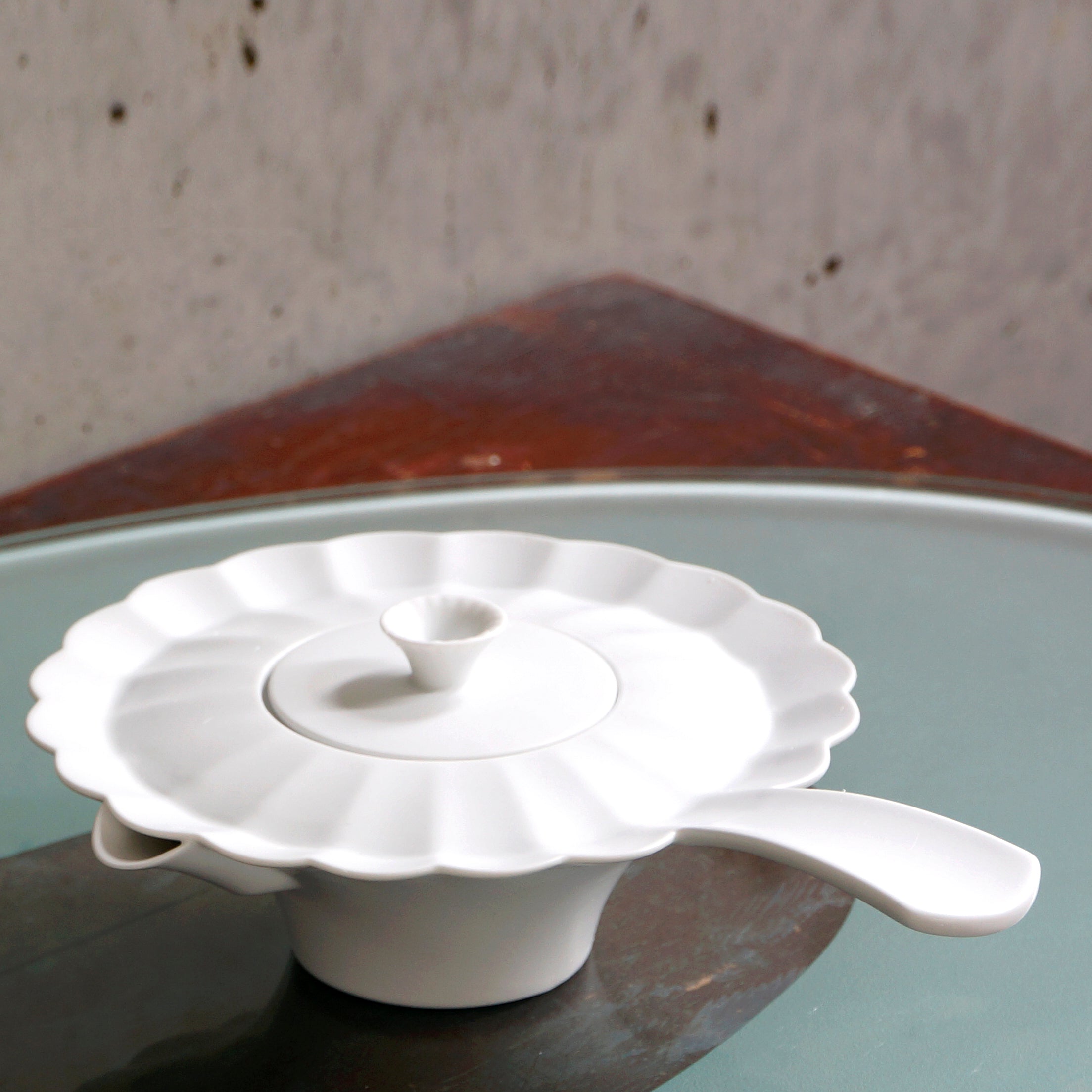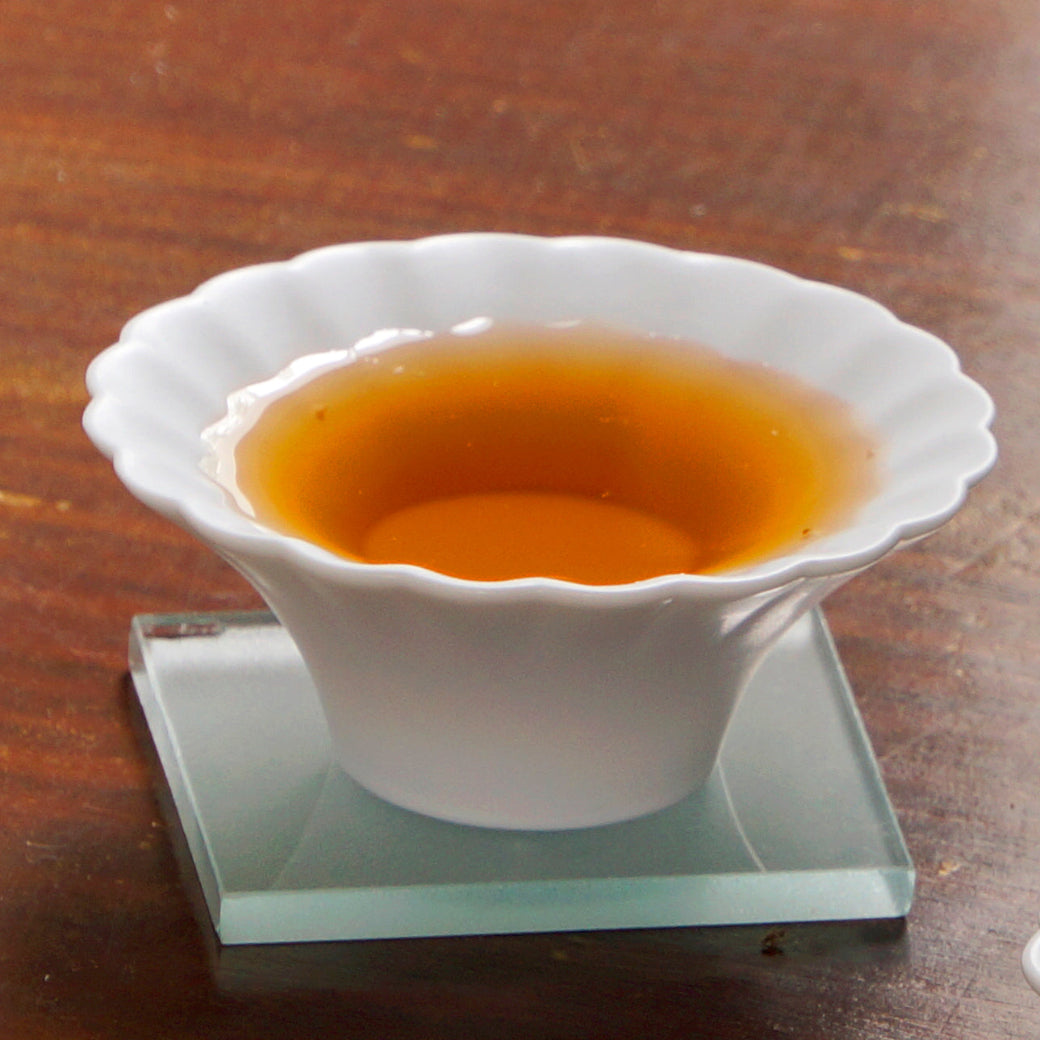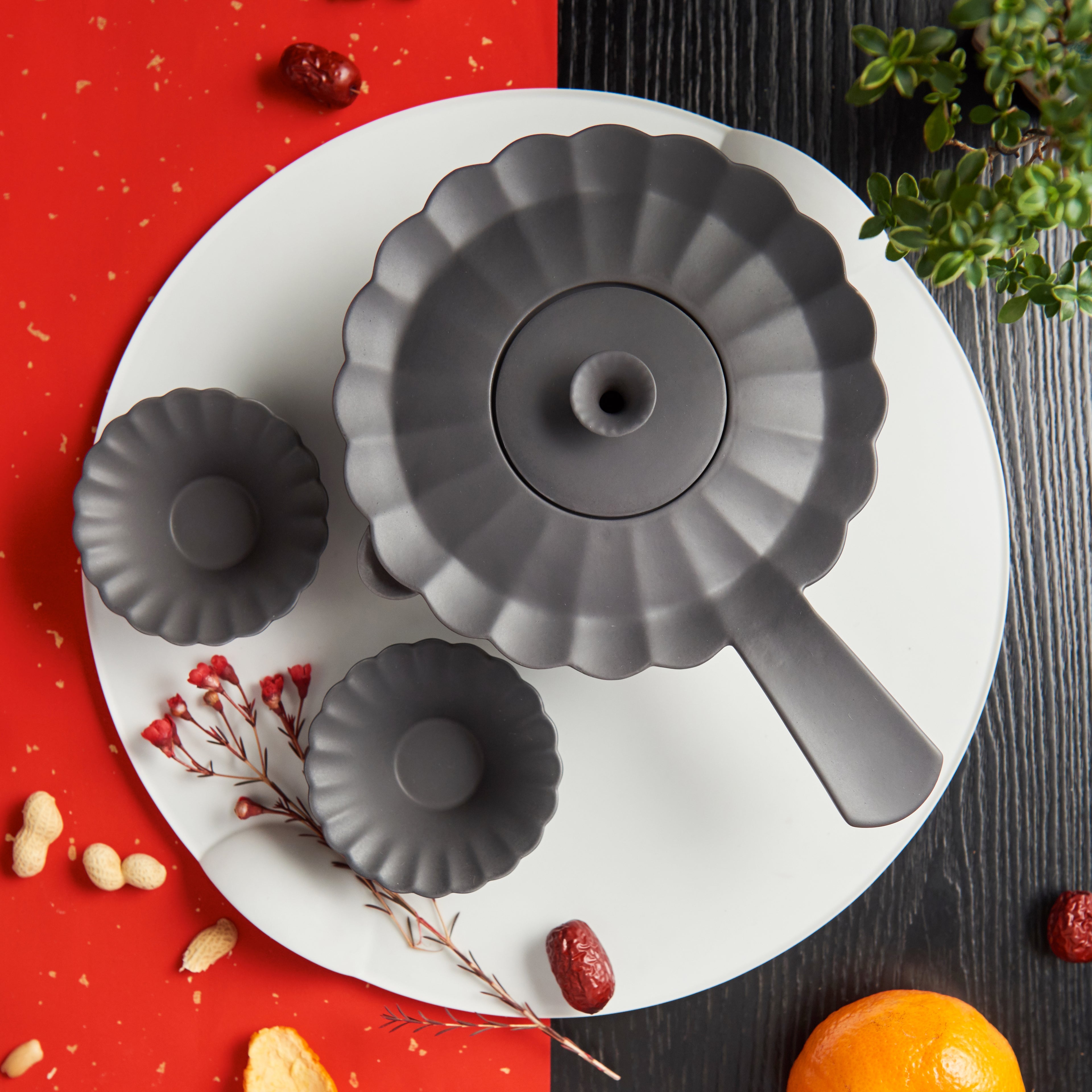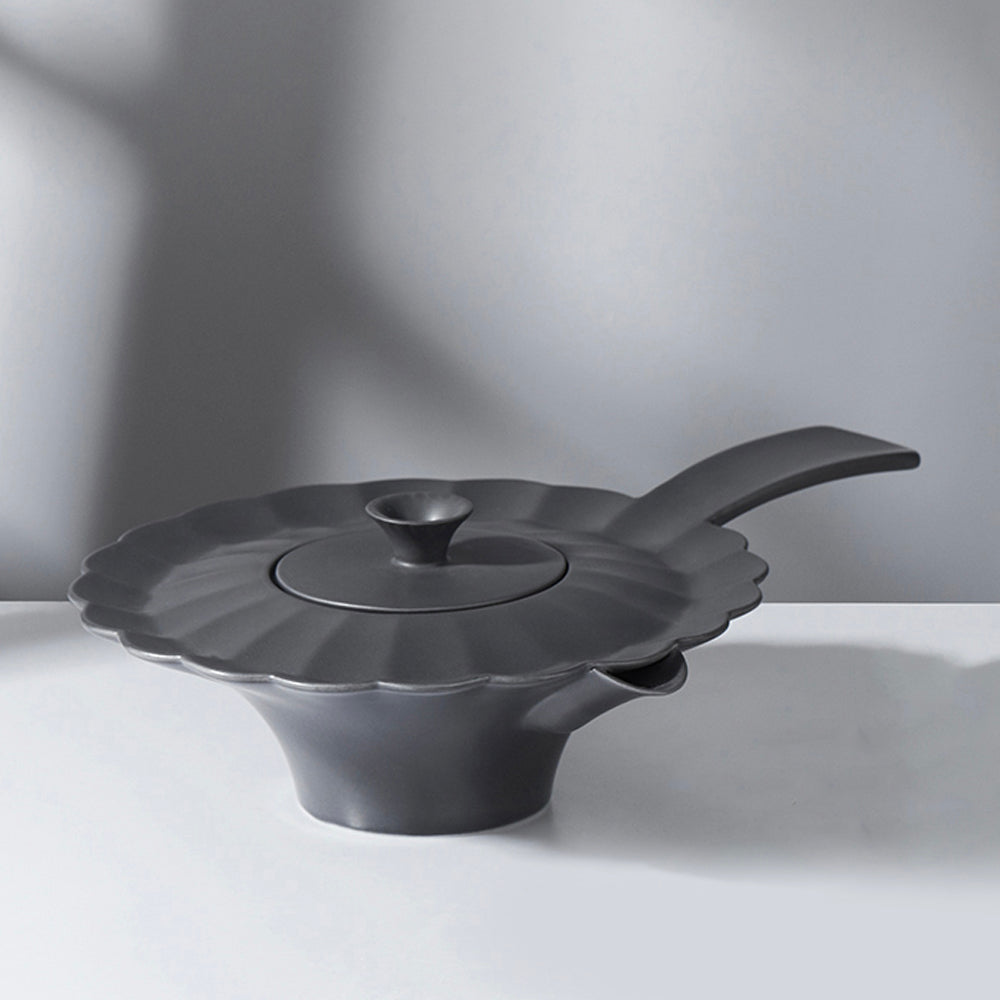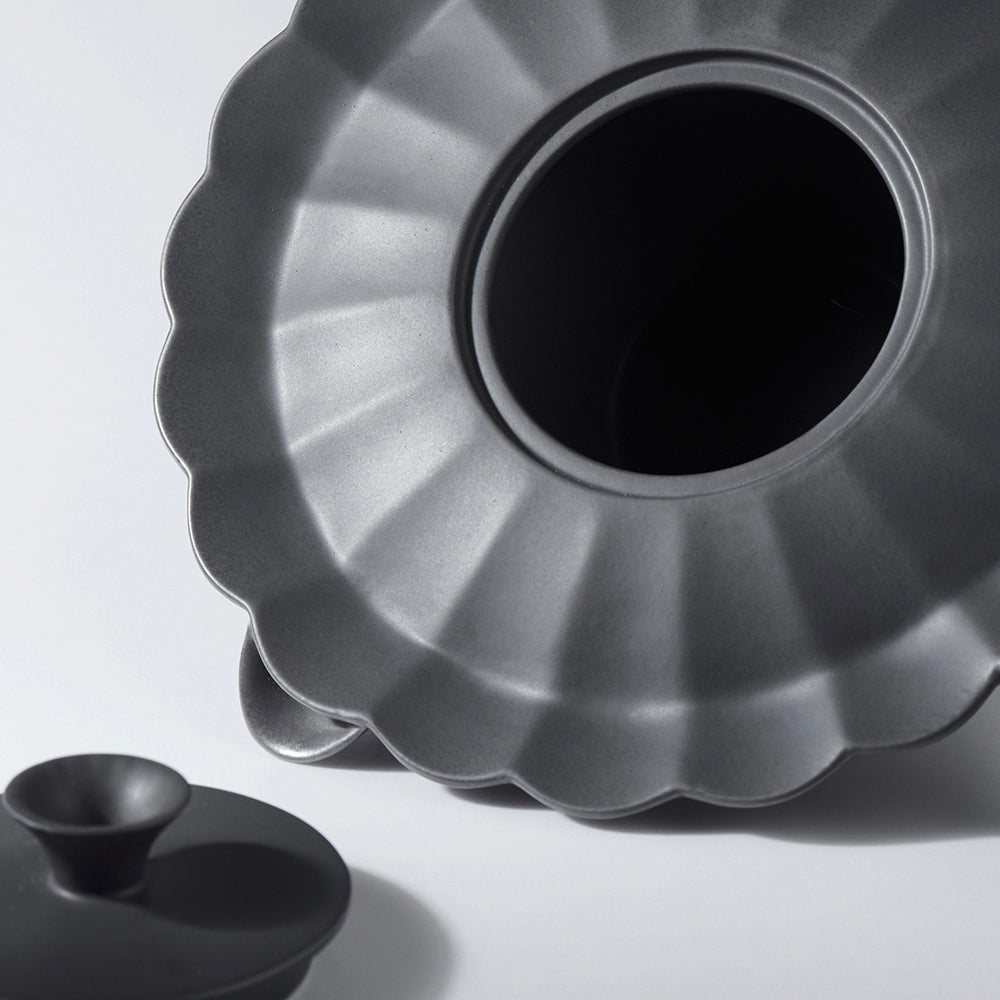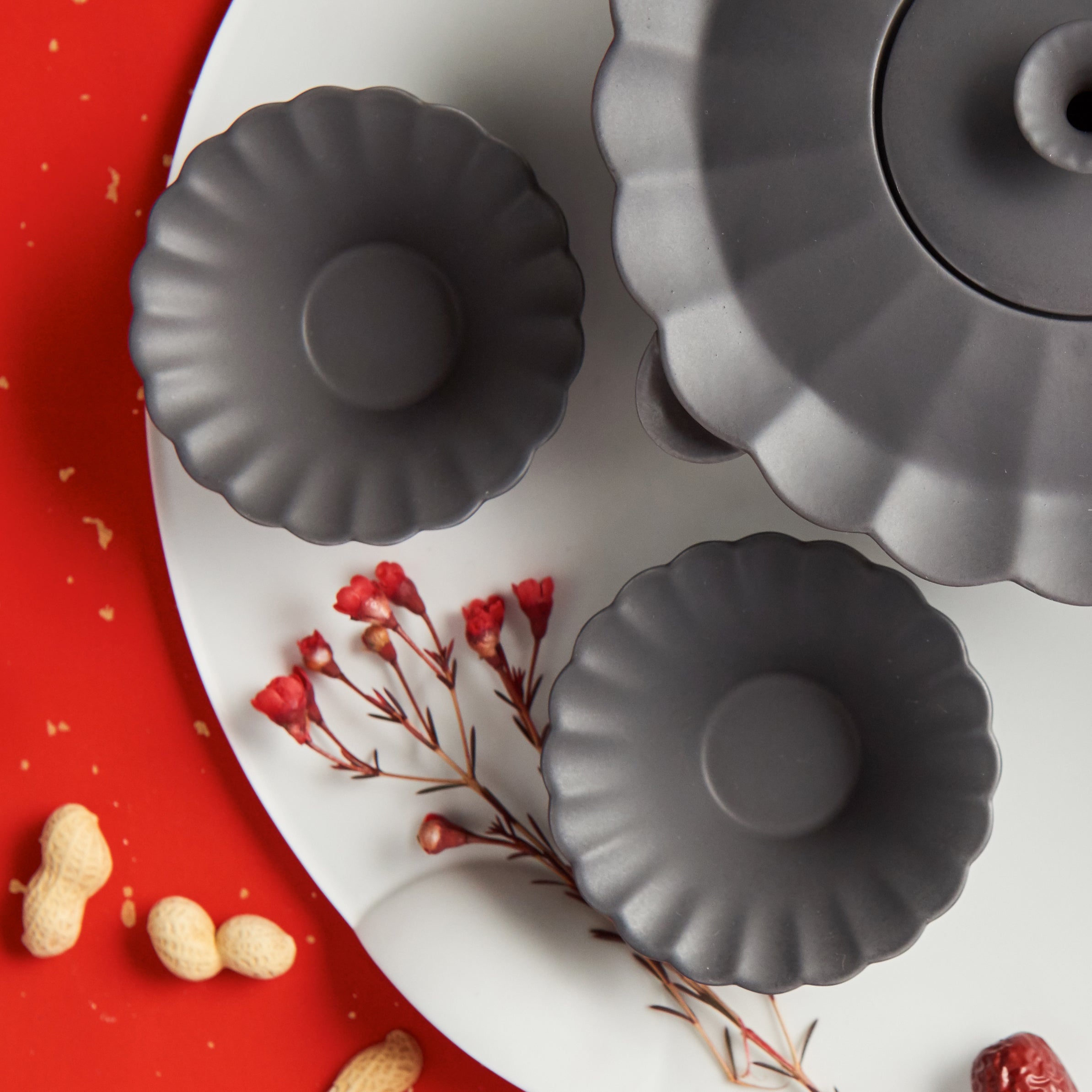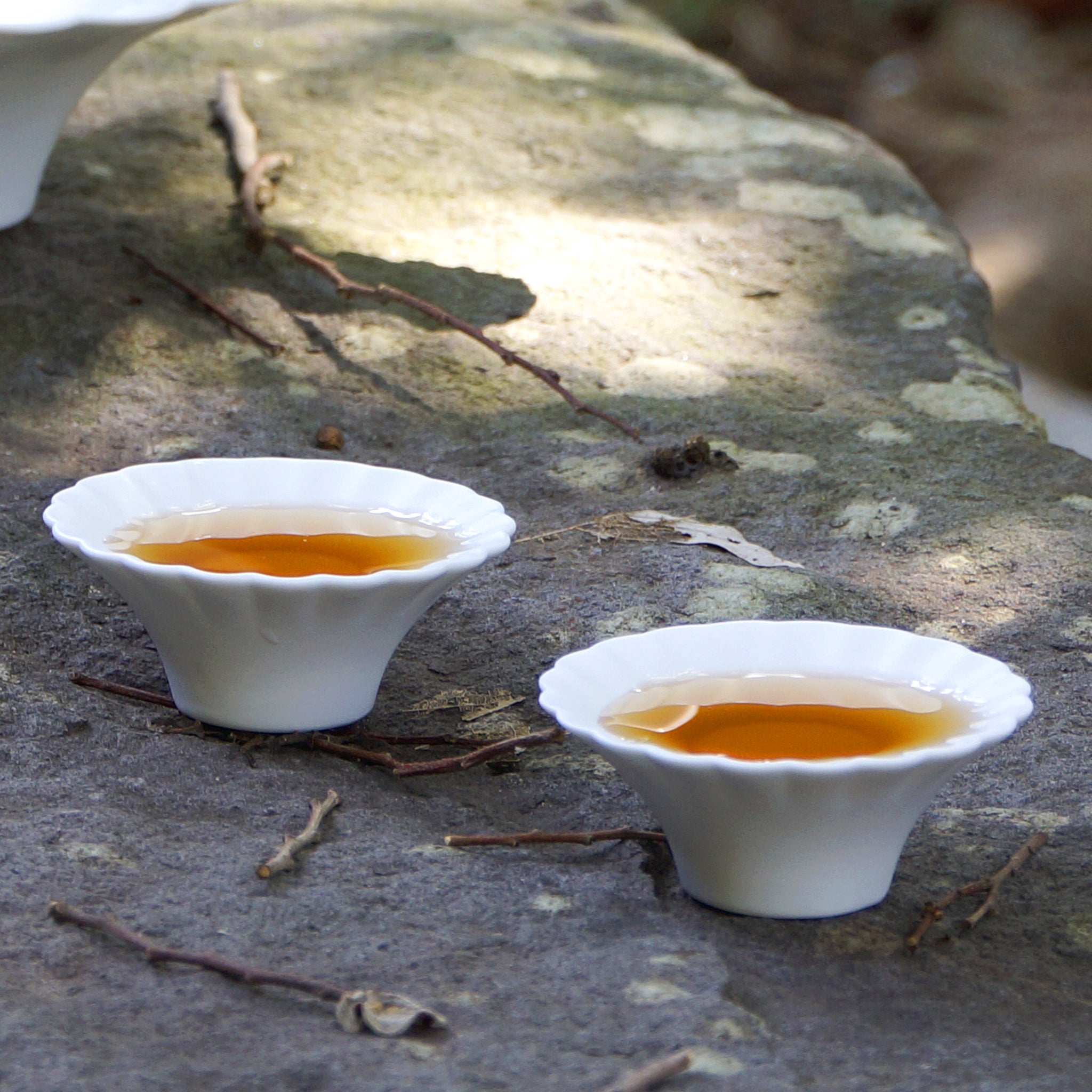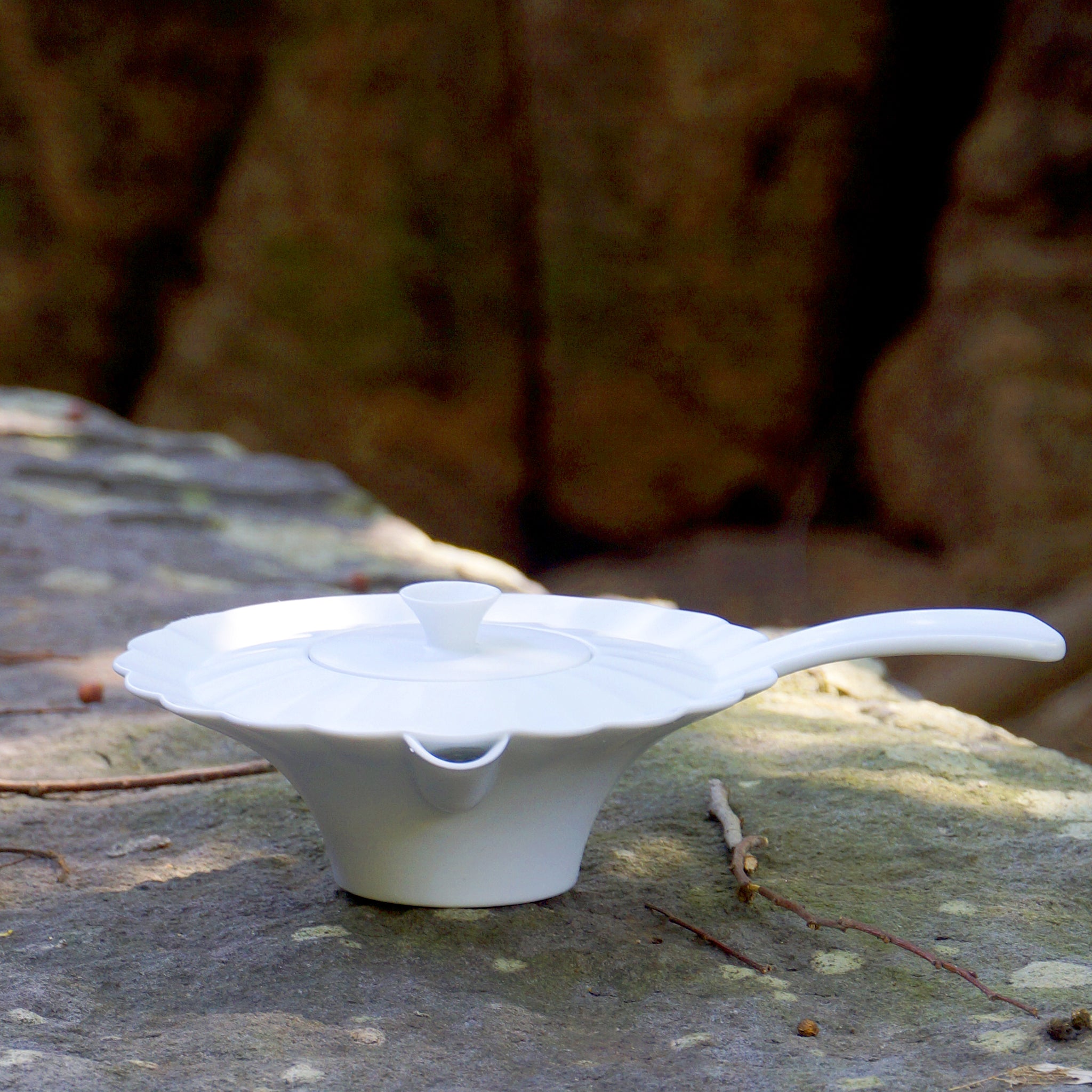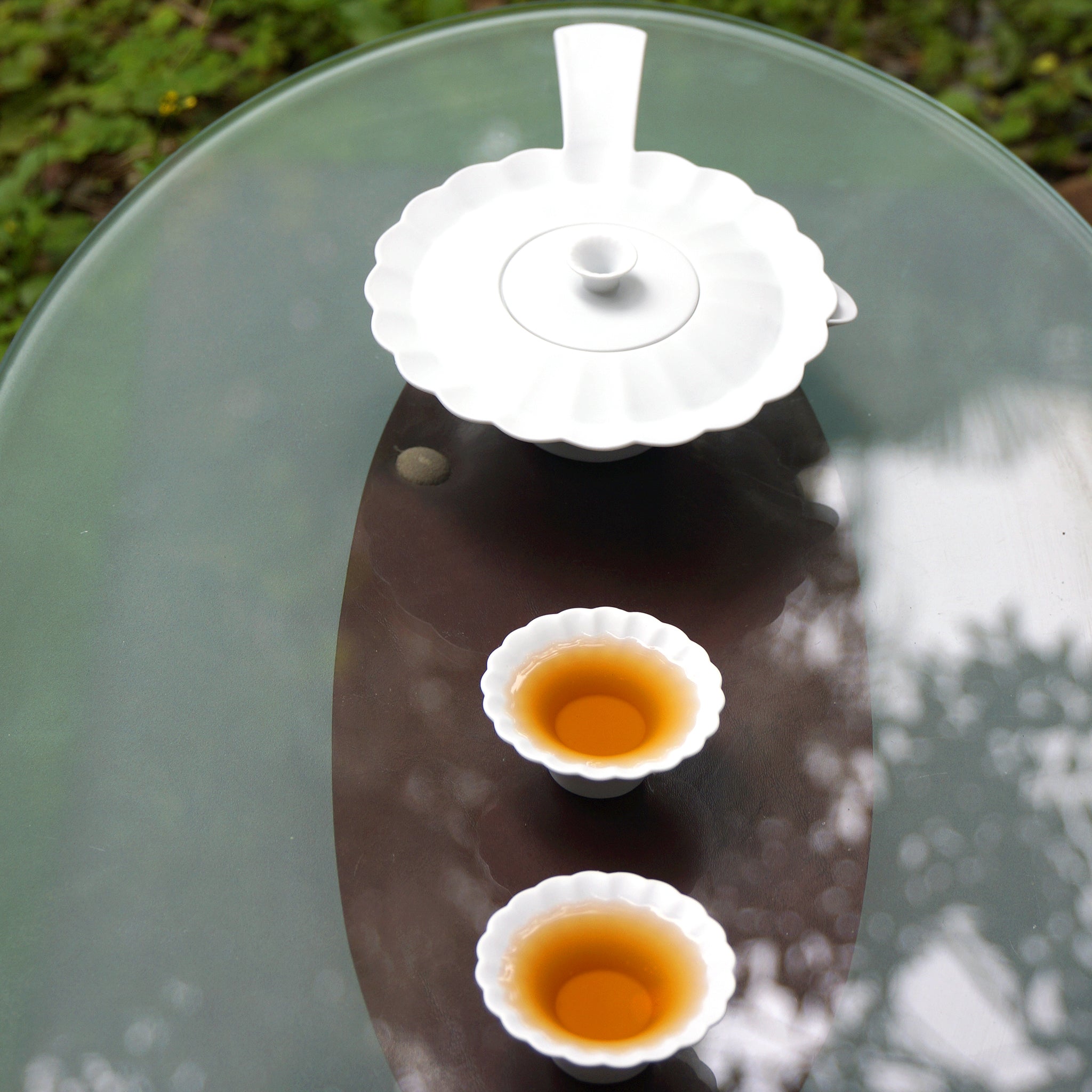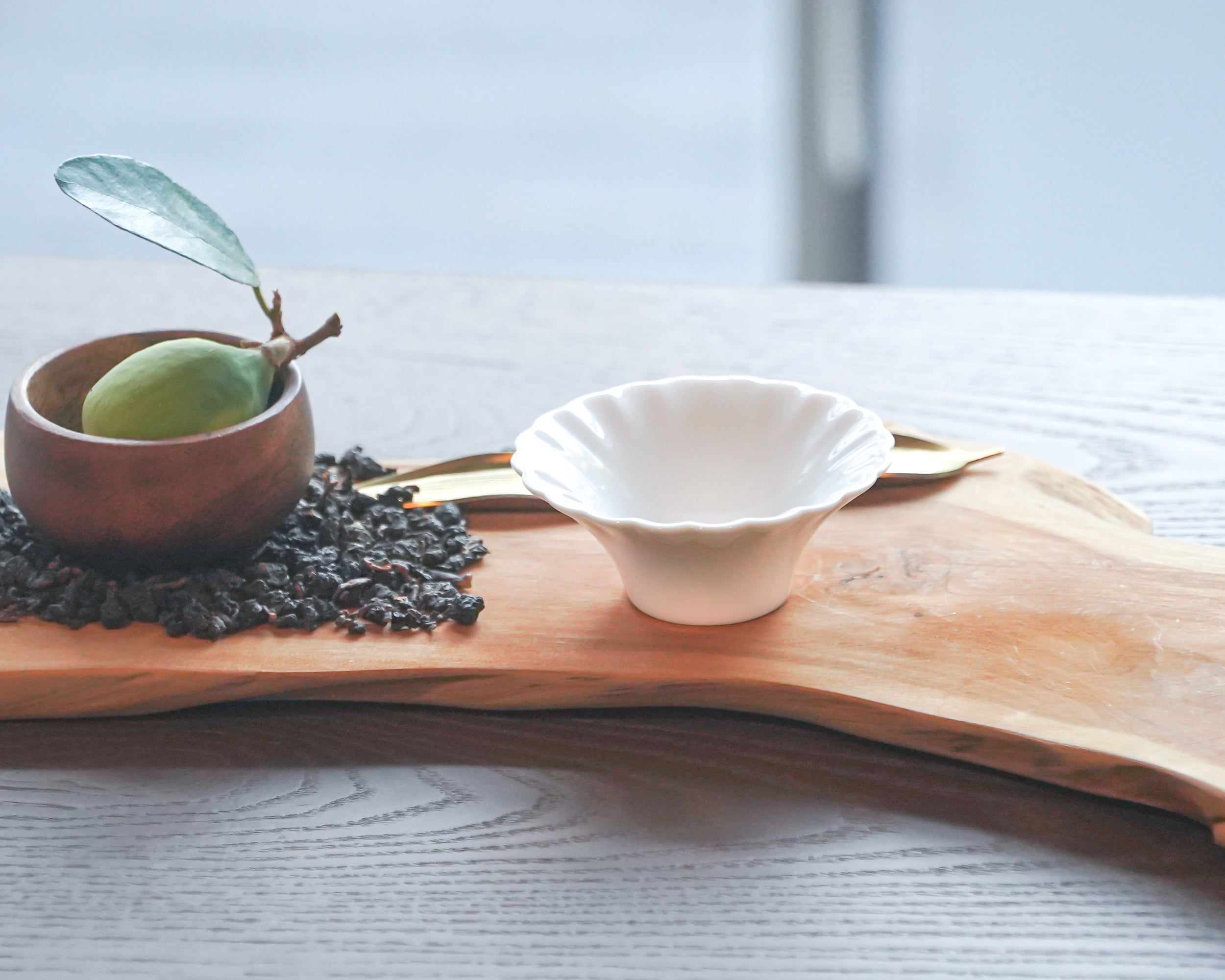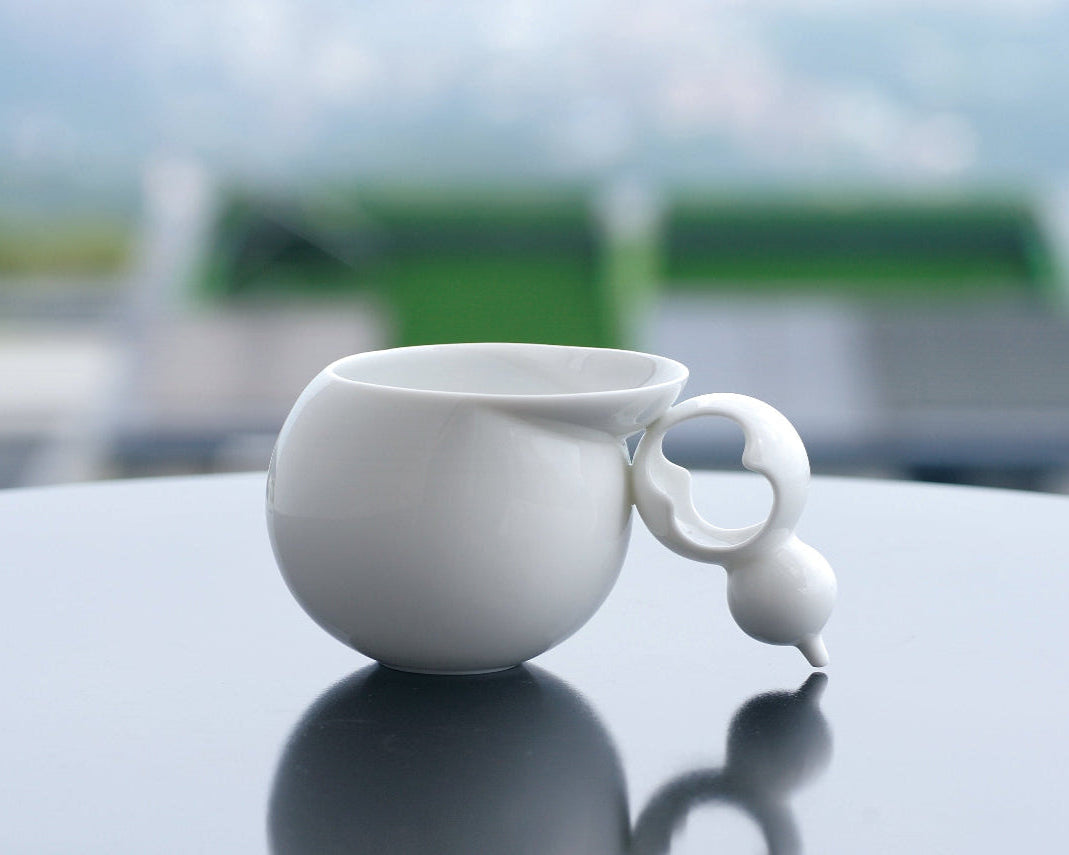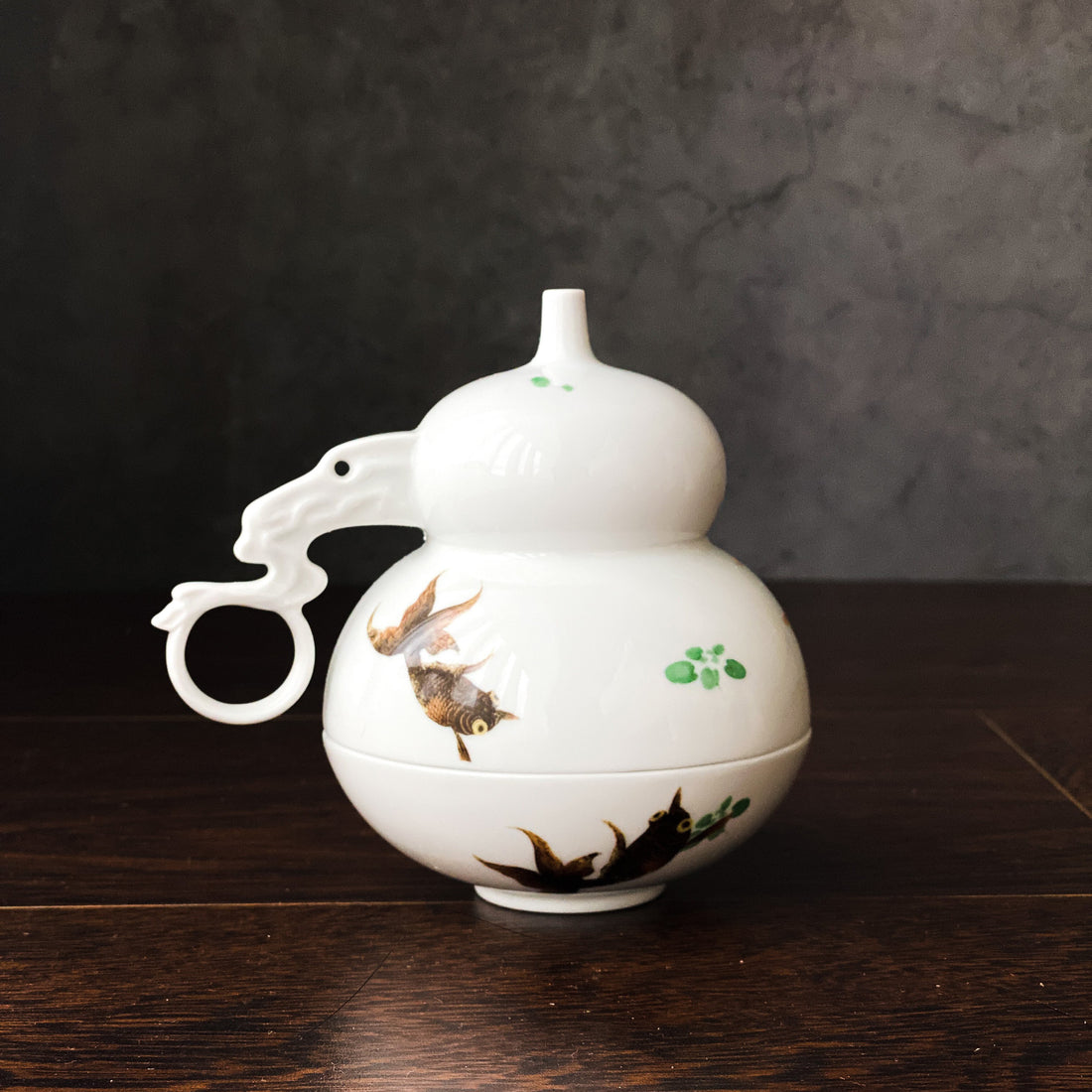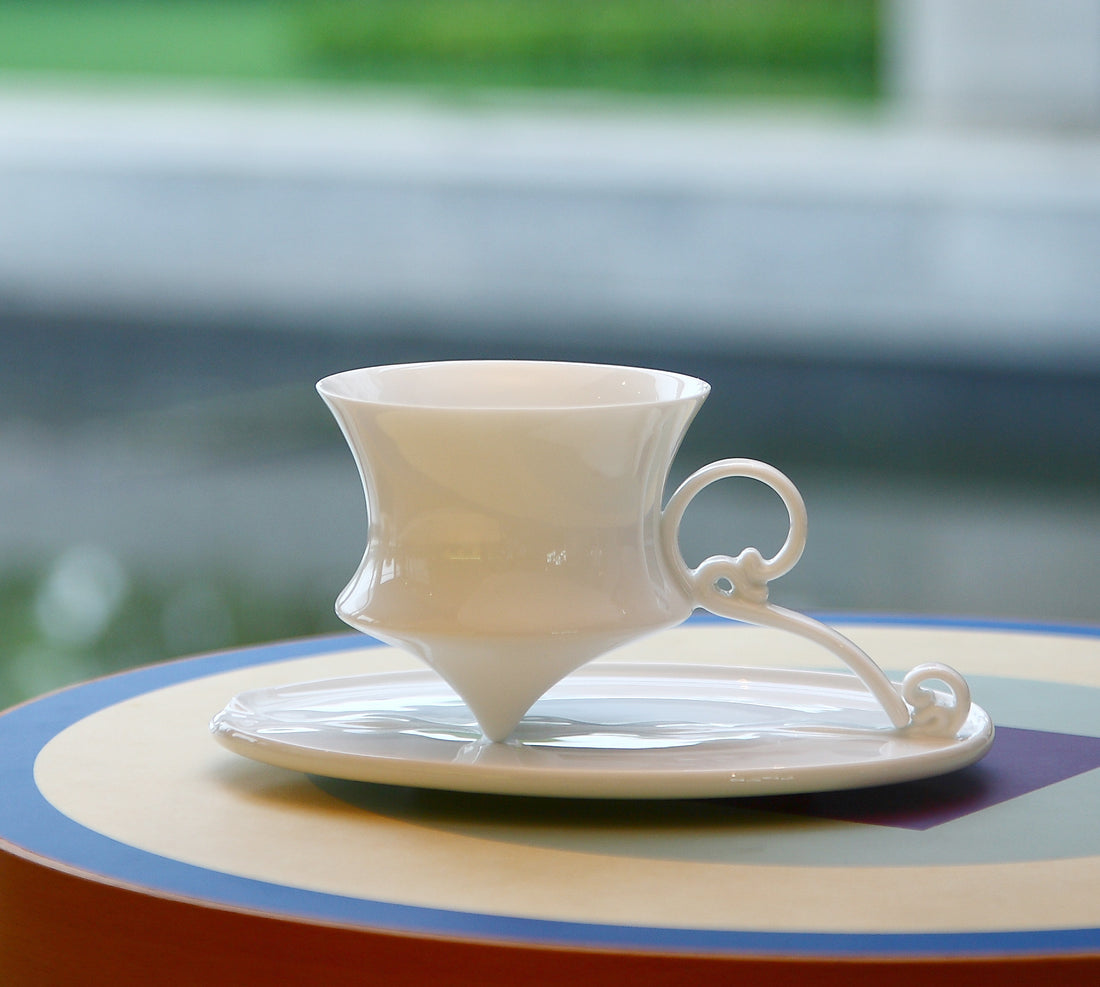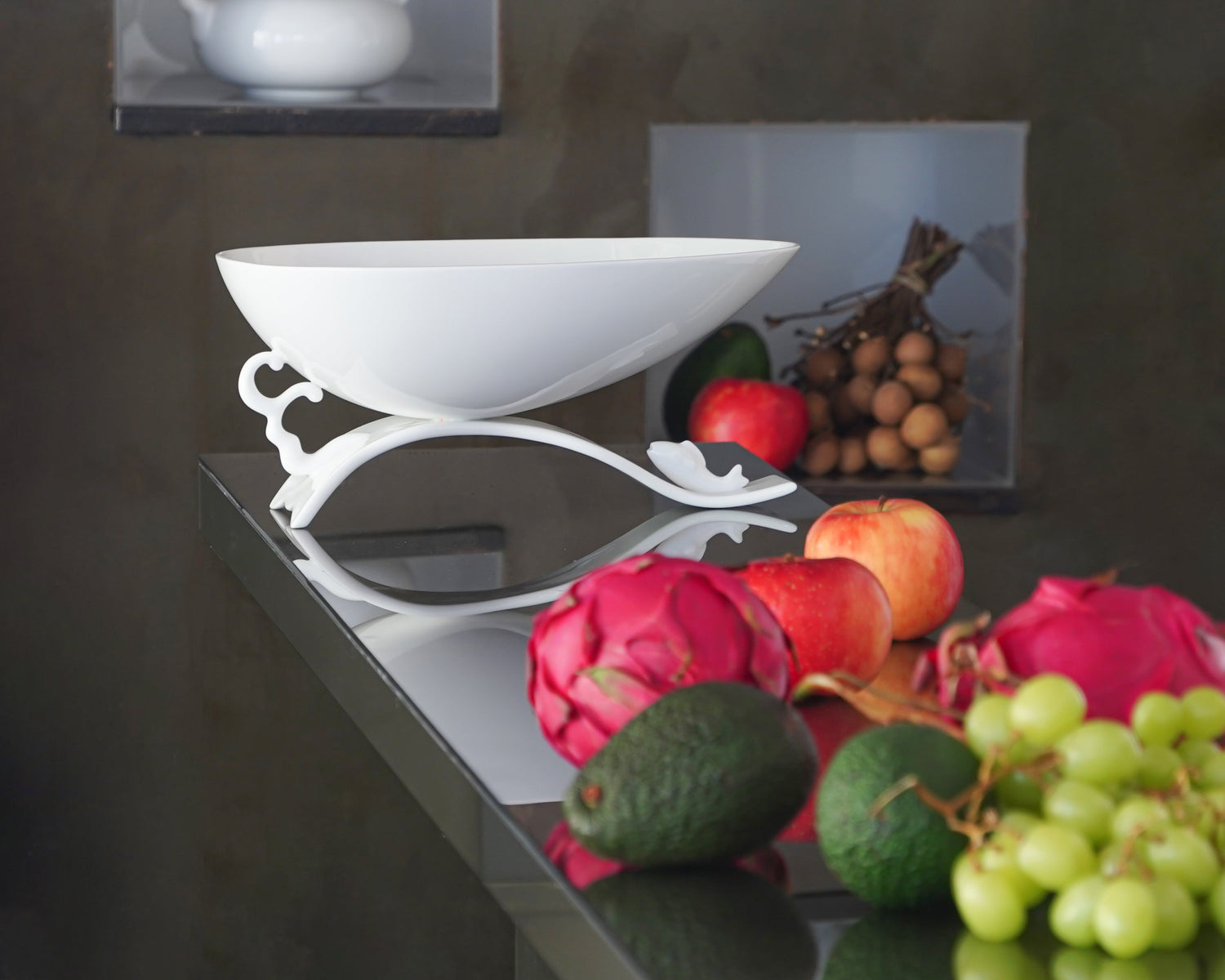Inspired by the undulating terrain of Taipei Basin, Harmony transforms the spirit of mountains and water into a rhythm of form. The rippling edge between lid and body echoes distant ranges, while the soft luster of white porcelain reflects tranquil light, like morning mist drifting through valleys.
The spout is hidden within the structure, turning each pour into a gesture of quiet restraint. This seamless integration expresses a sense of “silent merging” — a purity that moves gently yet profoundly through form and use.
The body rises in a graceful arc, not for ornamentation but to reconstruct the momentum of landscape: stillness with power, stability with flow. As hot water flows and steam rises, light dances across the porcelain surface, evoking the feeling of “respect like a mountain, welcome like water.” Between object and user, a silent conversation unfolds — distanced yet deeply connected.
The side handle is especially pivotal. Like a ridge extending or a valley embracing, it tapers from wide to slender, thick to thin, balancing structure and lightness. The hand follows the arc naturally, revealing a rhythm of harmony and control. This isn’t just technical mastery — it is also a reflection of inner poise: to move with the hand, and rest with the scenery.
Harmony offers a “heterotopia of objects” — a place for dwelling and contemplation. It doesn’t merely represent landscape in shape, but also calls forth the inner landscape of the heart. Tea becomes a meditation of rhythm and reverence. This is the essence of form and measure — to shape the state of mind, and to balance perception with presence. In the quiet flow of tea, mountain meets water, and heart meets vessel — deeply, and meaningfully.


